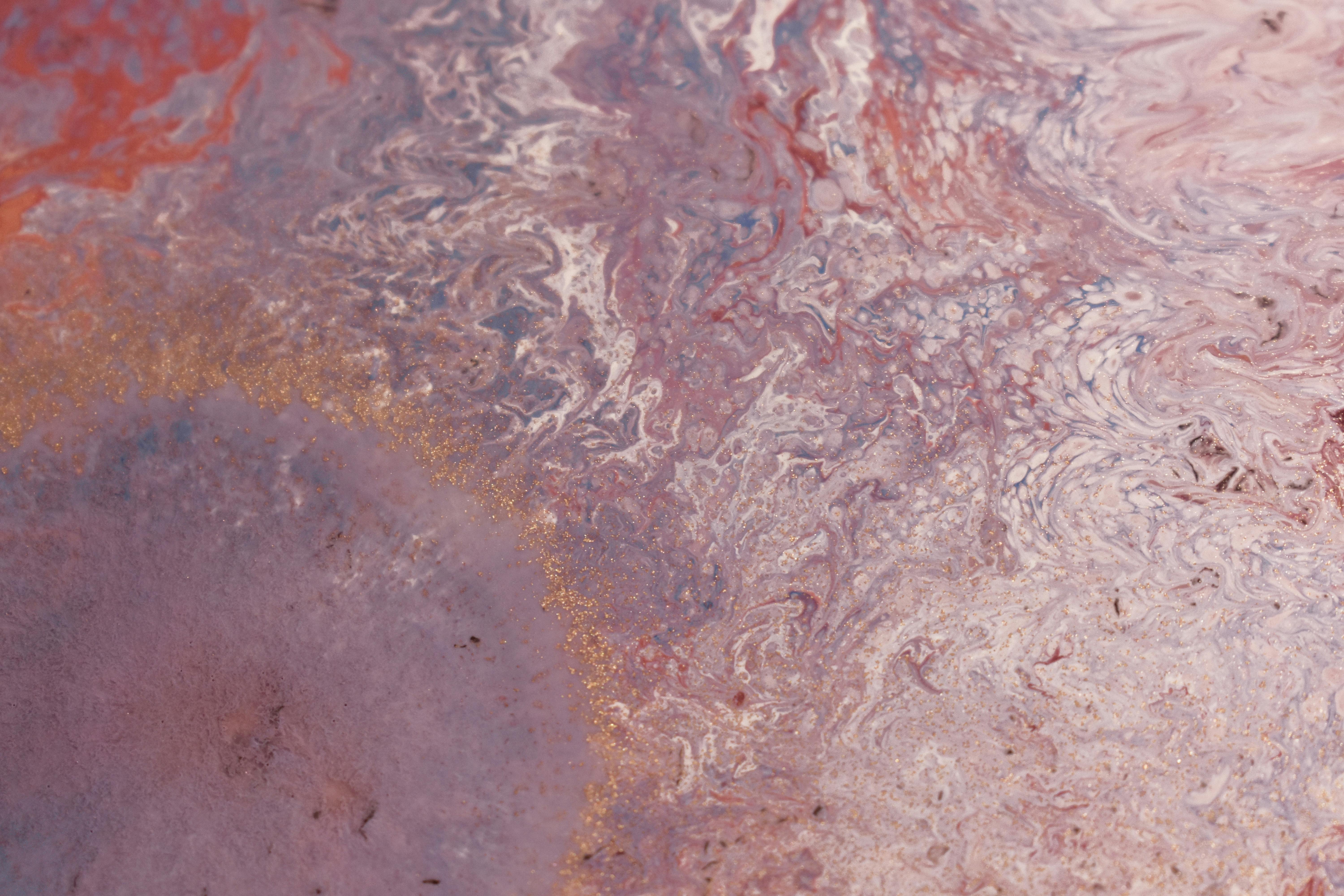
art rocks
Back in the fifties, at the age of nine, I decided that I would definitely become an artist, even though I didn’t know exactly what that meant and the only painter I knew was my sweet grandmother. I awkwardly confessed my certainty to my mother one afternoon. She smiled and nodded, and she continued with what she was doing. I had no idea that the decision would reverberate with such polarity between anguish and euphoria throughout my life. But I have never regretted it. Not once in these sixty-four years. And from what I can tell, this is a common thing and attitude of most artists.
In this world, it is impossible to calculate how many consider themselves to be painters, engravers or sculptors, expressing themselves in a plethora of media and ‘isms’, but out of a global population of over six billion people, I can only guess, happily then, that there are many , and I think, for the most part, for good reason.
For the artist, it is never just about making the art. There is always the hard part that comes first: the search, the eventual discovery, then the uncertainty, always followed by trial and error, and even more uncertainty. Persistence eventually enters the dance. For me, and I suspect most artists, the joy is in doing it, once we’ve cleared away the debris that limits our conviction. This is where the ‘verb’ lives, the action. And it would be good, after such a complicated delivery, if that were all. But unfortunately, to pay the bills, buy a little food, get more art supplies, artists also have to sell their work. It’s not easy, because the selling part of the process is cumbersome and usually awkward. In fact it was and always has been for me.
In the early seventies, I was delighted when I started exhibiting in galleries. I made art and the galleries sold it. Nice, I thought. I only needed to show up for my openings every eighteen months or so. Over time, I watched the value of my art gradually increase, and I often wondered what was driving prices up, far beyond the rising cost of living. I suppose one can attribute it not so much to a specific talent, which, like art itself, is highly subjective, but more to a sense of dedicated focus and personal vision. And the right gallery, of course. It cannot be argued that in some cases it is the gallery that makes the artist and not a few galleries believe this. It happens quite frequently but, when all is said and done, it is the artist who bears the widest range of risks.
I moved full time to Thailand in 1998 to make a documentary about and for elephants. I decided to discontinue my associations with galleries. After being here a few years, the country and the culture felt good. I decided to stay but I kept making art. It’s in the blood. But there is virtually no market in this isolated rural spot in northern Thailand. So now, at an age where I use it as comfortably as possible, I have decided to reconnect my art with my homeland. After being away for so long, it’s challenging to return to a considerably more crowded and contentious world and market; certainly hazelnut.
I suppose that traditional art galleries are still the most viable way for the artist to present his work to the public. For the most part, galleries have been instrumental in defining the relationship between the artist and an economic market, and I have long held the view that without a gallery, especially one with a strong reputation, it is impossible to establish and define a positive relationship. trajectory for the value of art itself. Perhaps, like so many other things, that is changing. We are seeing more and more online art galleries and secondary art sales platforms.
I am at a constant jog trying to keep up with new technology online. The Internet, for better or worse, is altering our understanding of reality. Like most artists, galleries have their own websites, listing all of their artists and images of their work. But I have long held the belief that art buyers should actually stand in front of a work of art, feel it breathe, get a sense of its texture, even smell it; that is certainly changing. I can easily imagine a not-too-distant scenario when an on-site gallery opening also includes live streaming so that online visitors can join the event and make immediate online purchases for your collection. Maybe it’s already happening.
Technology is unavoidable. And while it continues to take us into areas unimaginable just a few years ago, art remains within us: a constant beat of the human heart. It’s part of us, and whether it’s visual, poetry, storytelling, dance, music, or photography, art remains a constant parameter of our need to express the height and breadth of our emotional spectrum. Like history, art is a residue of human activity, which binds us to each other, a memory glue of those who preceded us for those who live now and for those who will come after; it is our fingerprint of intention, a guide, so to speak, perpetually reminding us that we have choices.